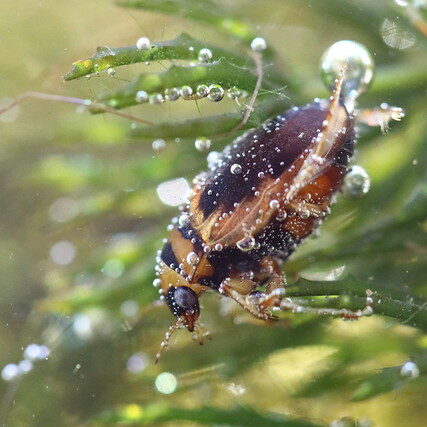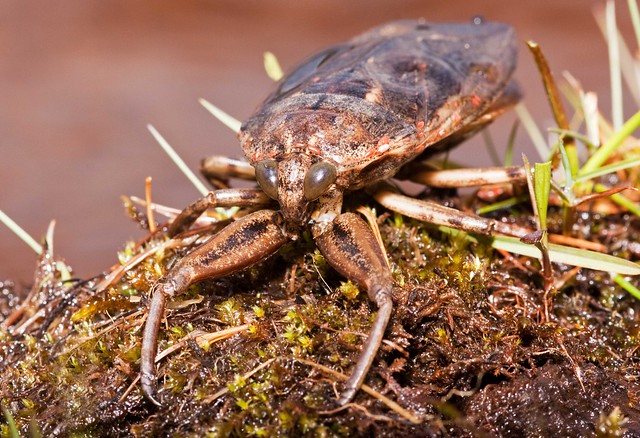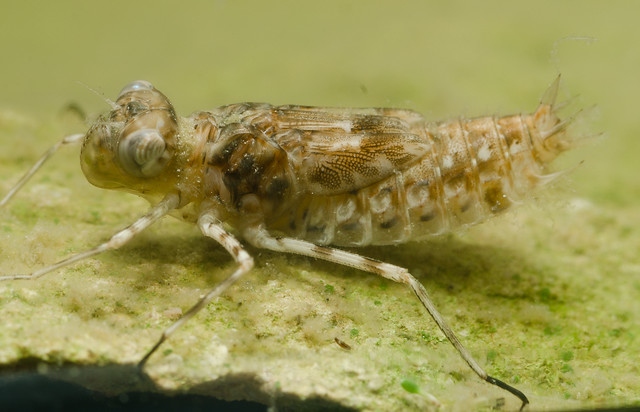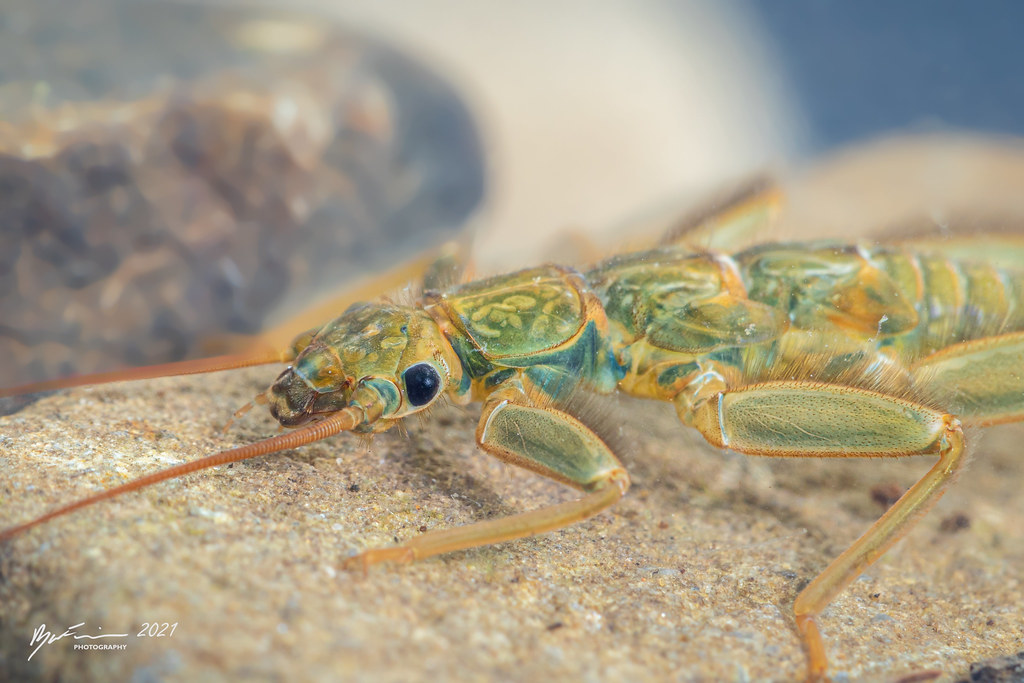When you think of underwater predators, sharks or crocodiles might come to mind. But lurking in the calm shallows of lakes, ponds, and streams are far smaller yet equally ferocious creatures — aquatic insects that dive, hunt, and feast on fish, tadpoles, and even each other. These stealthy predators are often overlooked, but they play a vital role in freshwater ecosystems.
Meet the Diving Insect Predators

The Fearsome Water Beetles
One of the most fascinating underwater insects is the diving beetle. Belonging to the family Dytiscidae, these beetles are expert swimmers equipped with paddle-like hind legs and air-storing capabilities that allow them to stay submerged for long periods. Diving beetles are voracious predators, known to hunt small fish, tadpoles, and other aquatic insects.
They carry a bubble of air under their wing cases and use it like a scuba tank. This not only allows them to breathe underwater but also helps them remain stealthy while stalking their prey.

Giant Water Bugs: The Toe-Biters
Known scientifically as Belostomatidae, these bugs are sometimes called “toe-biters” because of their painful bite. But they’re even more famous for their ability to hunt underwater. Giant water bugs ambush their prey by clinging to aquatic vegetation, waiting for an unsuspecting victim — like a small fish or frog — to swim by. Then they strike with their needle-like beak, injecting enzymes that dissolve the prey’s insides.

Damselfly and Dragonfly Larvae
While adult dragonflies and damselflies are aerial hunters, their larval stage is fully aquatic. These larvae are equipped with extendable jaws (labium) that shoot out like a harpoon to catch prey — often mosquito larvae, small crustaceans, and tiny fish.
Their stealth, patience, and speed make them some of the most effective micro-predators in the aquatic world.
How Do These Insects Hunt Underwater ?
These underwater insect predators rely on a combination of stealth, speed, and specialized body parts.
Many use air bubbles or plastrons (specialized hairs that trap air) to breathe underwater. Their colors and textures help them blend in with aquatic vegetation and the muddy bottom. They have legs designed for swimming, grabbing, or spearing prey. Some inject digestive enzymes into prey.
These adaptations help them dominate small prey populations in freshwater habitats like lakes, streams, ponds, and marshes.
Underwater Insects and the Food Web
Despite their size, aquatic insect predators are a key part of the freshwater food web. They control populations of mosquitoes and other pests. They also serve as prey for birds, frogs, and fish. Additionally, they recycle nutrients by feeding on decaying matter.
Their presence indicates a healthy ecosystem, and many scientists use aquatic insect populations as a measure of water quality.
Fascinating Facts About Underwater Insects
Some diving beetles can store enough air to stay submerged for more than 30 minutes. Giant water bugs have been known to hunt prey 10 times their size. Dragonfly larvae breathe through gills located in their rectum, and they can shoot water jets to propel themselves !
FAQ: Diving Insect Predators
What insects live underwater and hunt?
Aquatic predators include diving beetles, giant water bugs, and dragonfly/damselfly larvae. They use speed, stealth, and unique adaptations to catch prey.
Can insects really hunt fish ?
Yes! Many aquatic insects, like diving beetles and giant water bugs, are capable of hunting small fish, tadpoles, and crustaceans.
Are giant water bugs dangerous to humans ?
They can bite if handled carelessly, but they are not venomous or deadly. Their bite can feel like a bee sting.
Small But Mighty Hunters
While they may not grab headlines like sharks or crocodiles, the underwater insect predators of lakes and streams are just as impressive in their own realm. From diving beetles to dragonfly larvae, these insects showcase the ingenuity of nature’s designs — adapted for survival, stealth, and speed.
If you’re fascinated by insect behavior or looking to understand aquatic ecosystems better, keep exploring our articles. You’ll never look at a pond the same way again!
Enjoyed this dive into insect predators? Check out our latest posts on rare beetles, butterfly camouflage, and more from our insect article list

